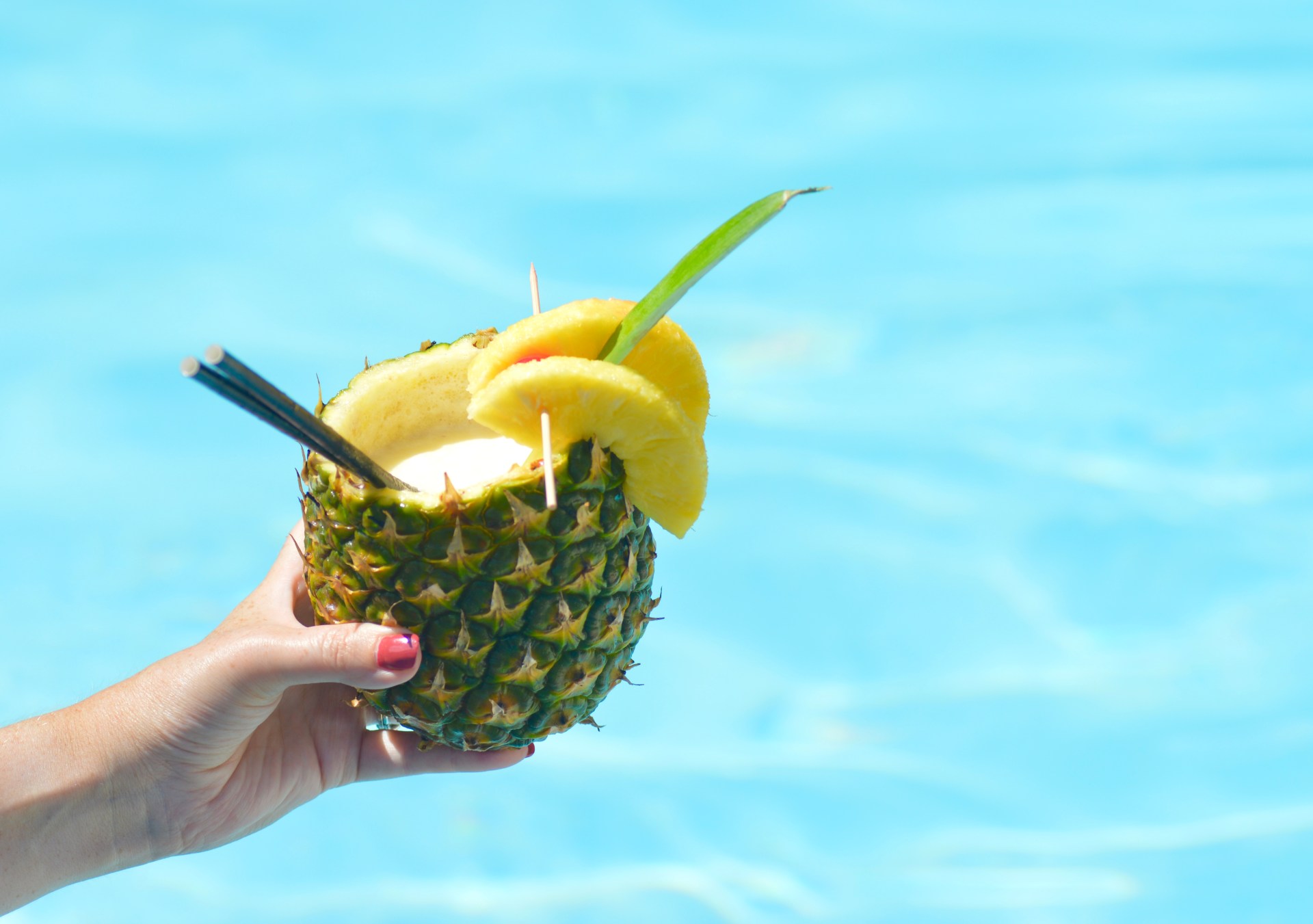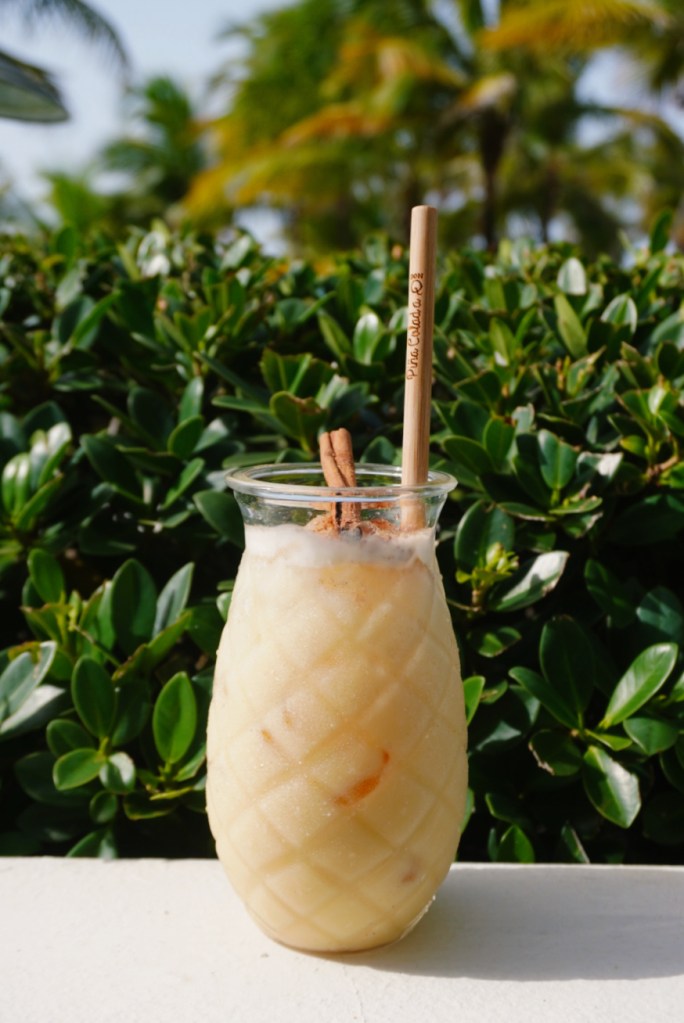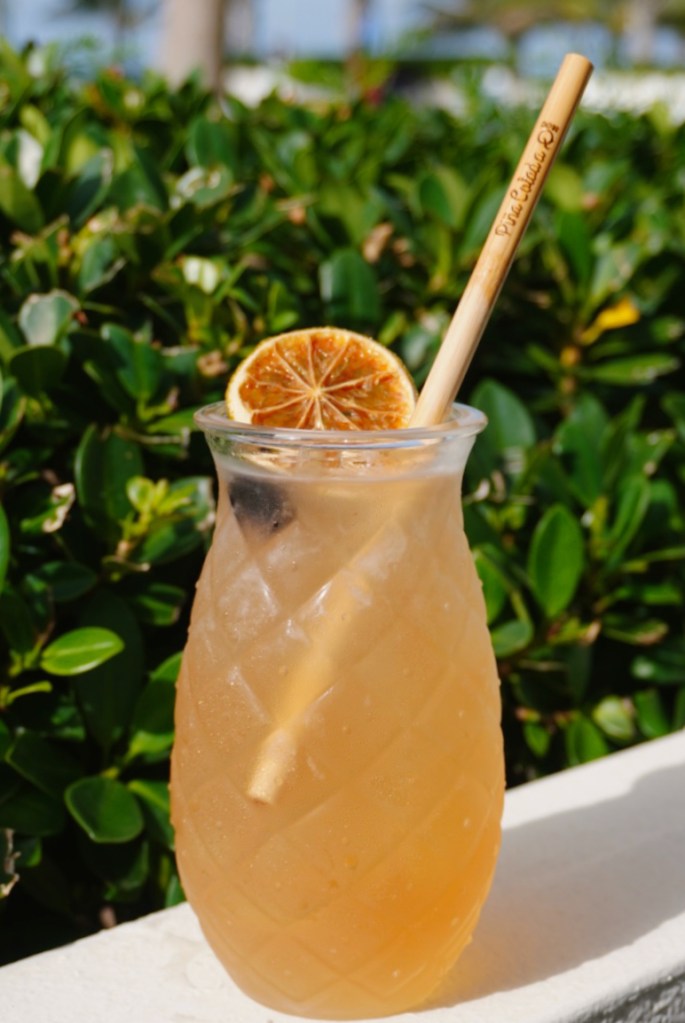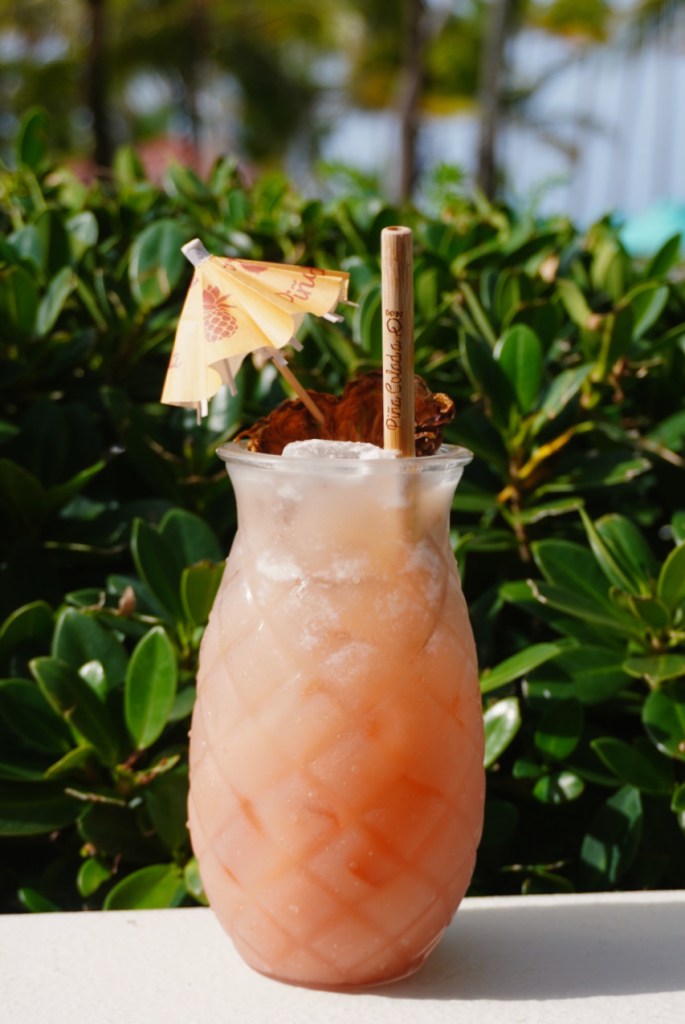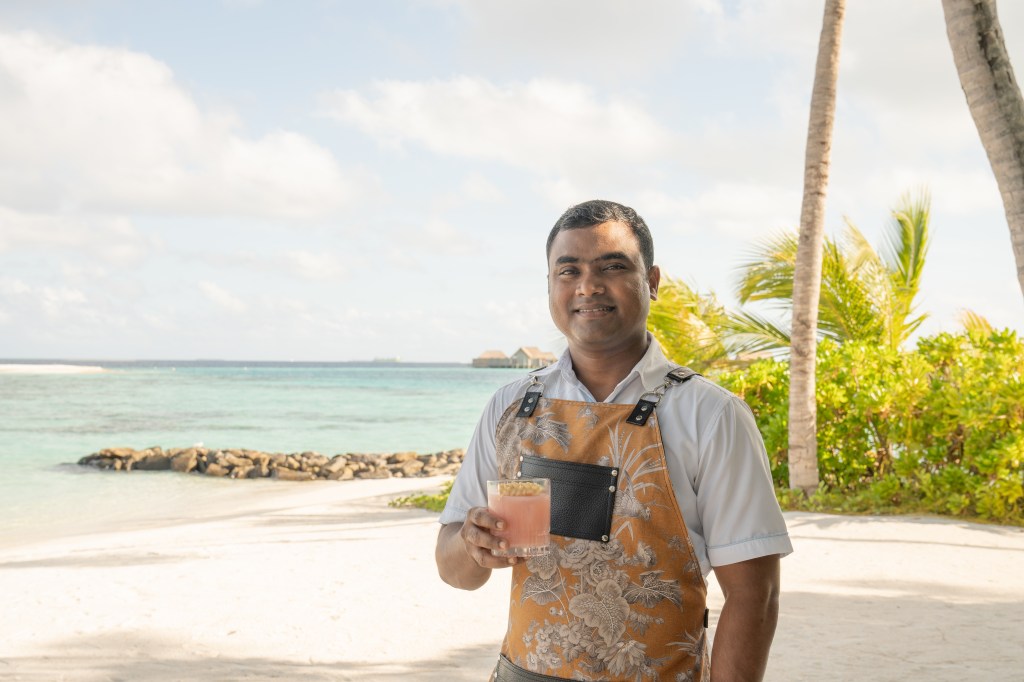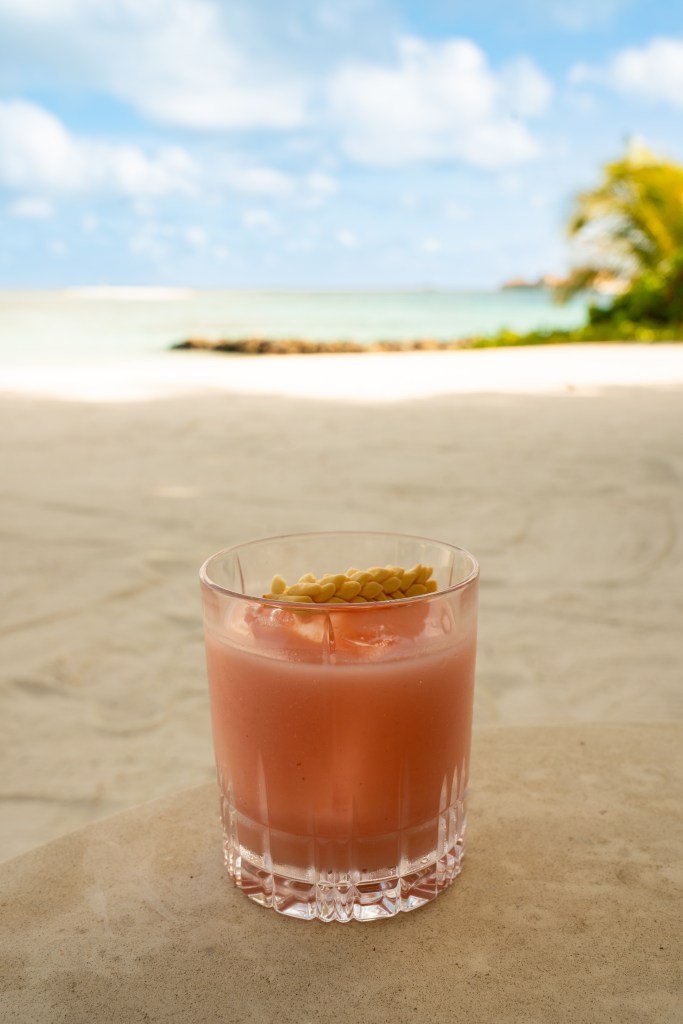If you like Piña Coladas (and who doesn’t), you might be surprised to learn that this boozy concoction began its life as a mocktail. First developed in 1954 by bartender Ramón “Monchito” Marrero as a welcome drink for guests staying at Caribe Hilton in Puerto Rico, the Piña Colada was quite a laborious process. Made by combining coconut cream, shredded coconut, fresh pineapple juice and crushed ice, each ingredient was prepared à la minute and all by hand. When rum was added to the mixture, it caused quite a stir, and popularity skyrocketed. Luckily, the advent of the Osterizer blender enabled Marrero and his team to keep up with the growing demand.
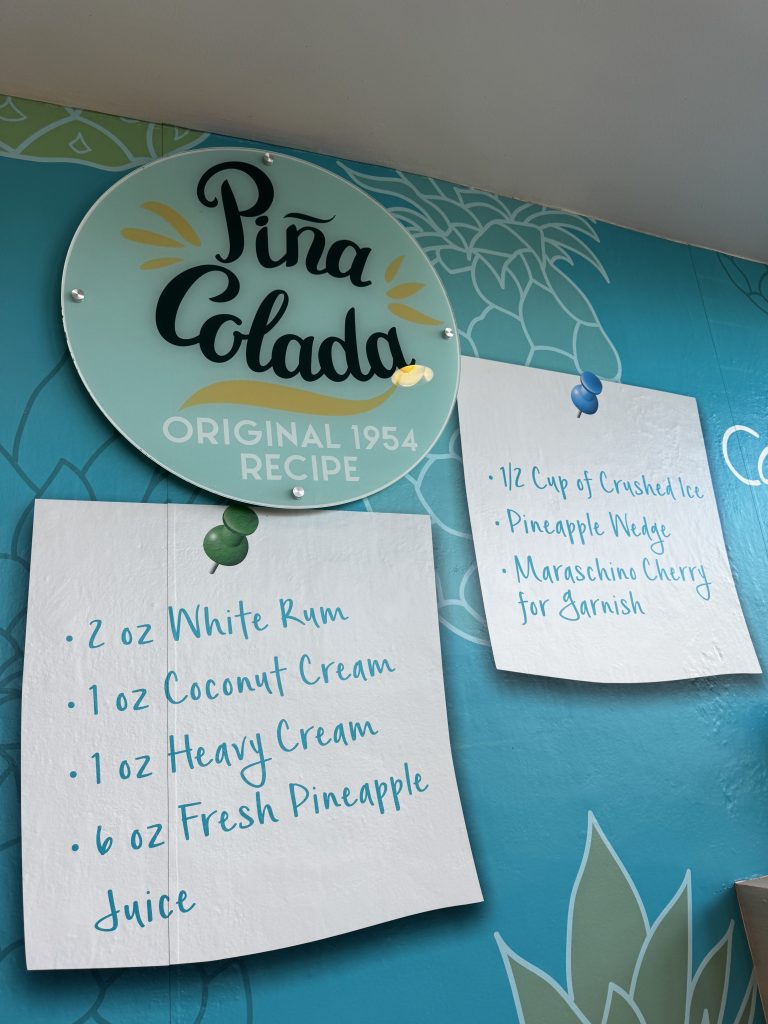
Not one to rest on their laurels, Caribe Hilton has continued to evolve its invention. For the month of July, Bagua Bar & Grill at Caribe Hilton is commemorating the Piña Colada’s platinum anniversary with a special menu of concoctions and culinary creations that includes a spicy version of the cocktail with Ancho Reyes Verde and a sparkling iteration made with Prosecco. Pool-goers and lunch patrons can also enjoy the property’s fresh take on Tacos Al Pastor which will feature a smoked coconut guacamole alongside the traditional pork and pineapple flavors.
As you can see, innovation is at the core of this pioneering cocktail, and its evolution has continued through the years – in its birthplace at Caribe Hilton, and around the globe. To honor the 70th anniversary of the Piña Colada, Hilton is sharing some of the many ways team members are riffing on this iconic creation.
Conscious Cocktailing
The beverage industry is abuzz with the influx of drinks containing functional ingredients, so it comes as no surprise that a bevy of bars are powering up the Piña Colada with their own healthful spins. Bartender Karthikeyan Rejandran at Waldorf Astoria Maldives Ithaafushi has introduced “La Guayabera,” a modern twist made with guava, a fruit rich in antioxidants been shown to lower blood pressure and improve immunity.
Bar Manager Alejandro Saravia at LuminAir in DoubleTree by Hilton Amsterdam Centraal Station added lemon balm to his Piña Colada cocktail, “Trade Winds,” which he makes with and without alcohol. Known as a calming herb, lemon balm has been used medicinally for thousands of years and is thought to ease maladies from anxiety to insomnia.
Waste Not, Want Not
Pineapple and rum run rampant in Puerto Rico, but in regions where these essential Piña Colada ingredients are less bountiful, scarcity breeds ingenuity. Matteo Giannuzzi, who served as bar director at London Hilton on Park Lane, developed his “Piña Natura” as part of Hilton Hotels & Resorts’ global team member cocktail contest, which honored the history and tradition of the classic cocktail while celebrating innovation in mixology. For Giannuzzi’s zero-waste take, he juices leftover pineapple from the breakfast buffet and dehydrates the remaining purée to fashion his cocktail garnish. He also utilizes residual dairy, such as milk and yogurt, to make a clarified milk punch that enhances the cocktail’s velvety texture and further reduces food waste at the property.
Hilton Okinawa Miyako Island Resort, on the other hand, takes advantage of a locally made rum to construct the property’s take on their prized Piña, known as “The Miyakolada.” Makugan 40 Rum is a fresh, white rum that is produced with great care in small quantities in a craft distillery on Okinawa, subtle enough to complement the tropical flavors of pineapple, coconut cream and lime.
The Rules on Riffing
The classics are cool, but every mixologist wants to lay claim to an original recipe. Beverage Authority Paul McGee, who partnered with Hilton to create the tropical paradise Papaya Club at Conrad Orlando, replaces the rum with herbaceous Mezcal in his “Oaxaca Colada.” He ups the ante on tropical fruits by adding some caramelized banana and blends in cinnamon to complement these flavors and bring warmth to the drink.
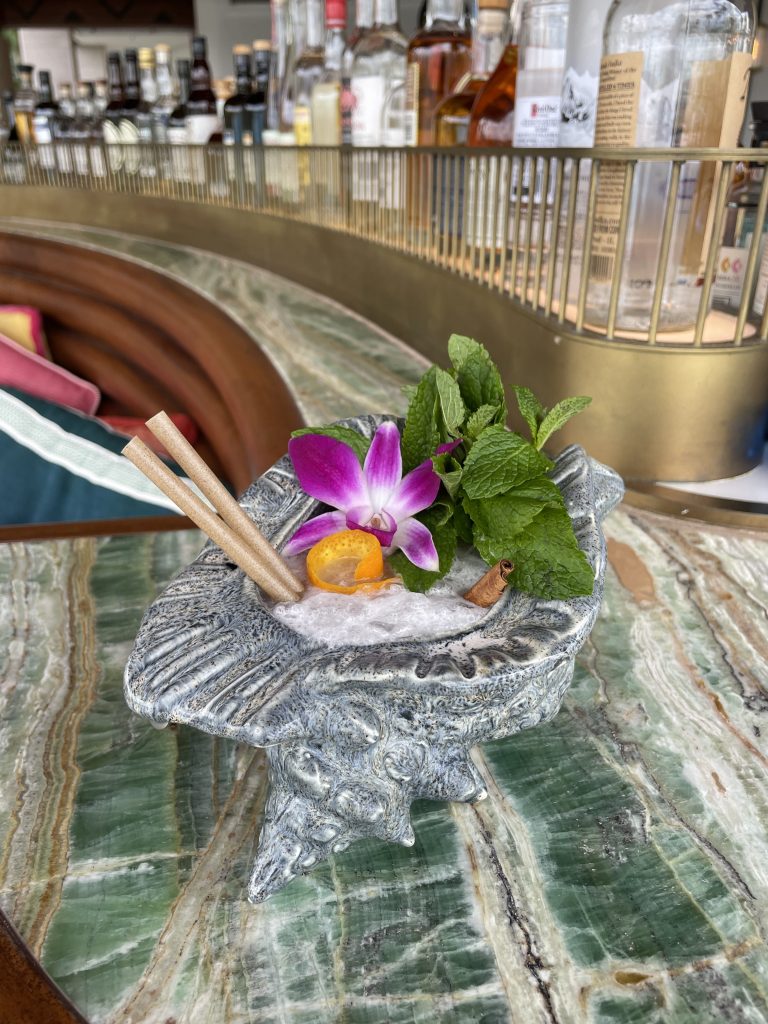
At Stories on High, the towering rooftop bar located in Hilton Columbus Downtown, Bartender Nick Pernush created the “Stories Confidential” as an ode to the Piña Colada. In addition to Bacardi Superior, pineapple, and coconut, he adds Tepache Sazón, an effervescent Mexican beverage made from crushed and fermented local hand-harvested pineapples, as well as Select Aperitivo, for increased fruit flavor.
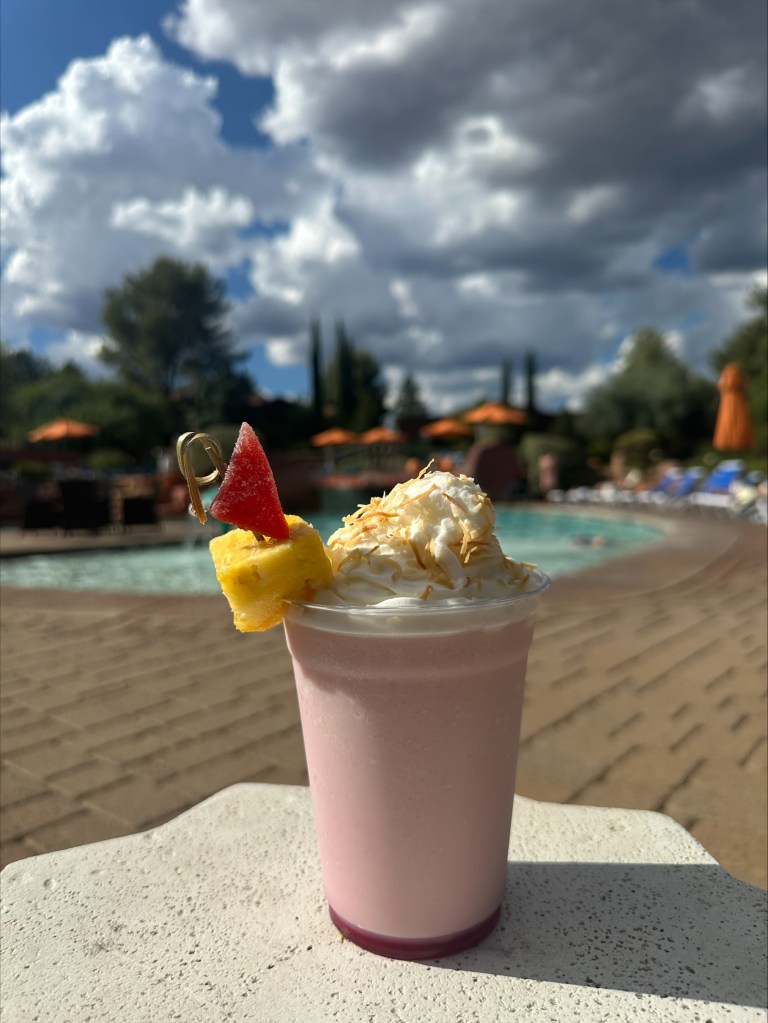
Sr. Food and Beverage Manager Joshua Loza, who created the “Prickly Pear Cowboy Colada” for Hilton Sedona Resort at Bell Rock, utilizes Del Back Old Pueblo Whiskey as the base spirit for his cocktail riff in lieu of rum. A spirit unique to the American Southwest, Old Pueblo is made from two-row barley that is malted and smoked over a velvet mesquite fire, mashed, fermented, copper pot distilled, and bottled on site, offering the concoction notes of desert campfire and dried ancho chili. Prickly pear, found throughout the desert Southwest, is featured in the simple syrup and the garnish.
It turns out, if you like Piña Coladas, you’re not alone: the classic still stands as one of the top 10 most popular cocktails, according to the 2024 Bacardi Cocktail Trends Report.
